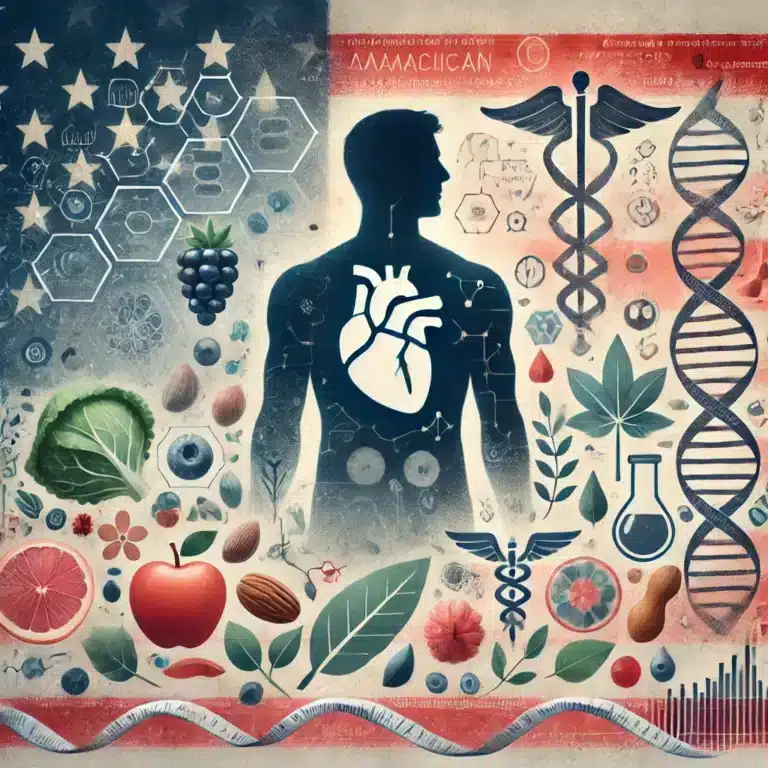Summary
- The NHANES survey aims to evaluate the well-being and nutritional status of adults and children in the United States, with approval from the CDC.
- This study utilized NHANES data from 2001 to 2004, including 3665 men aged 20 and older to investigate erectile function.
- The study focused on dietary antioxidants intake, calculated using a composite dietary antioxidant index (CDAI) based on six antioxidants.
- Erectile dysfunction (ED) was assessed using a simple question from the Massachusetts Male Aging Study, categorizing participants as having ED or not.
- Statistical analysis was conducted, adjusting for various covariates, to investigate the association between CDAI and ED risk, with significant findings indicating a correlation.
A recent study conducted by the Centers for Disease Control and Prevention (CDC) has shed light on the potential link between dietary antioxidants and the risk of erectile dysfunction (ED) in men. The study, which utilized data from the National Health and Nutrition Examination Survey (NHANES) spanning from 2001 to 2004, found that intake levels of six key dietary antioxidants could play a role in mitigating the risk of ED.
Understanding the Study Population
The NHANES survey included 4116 men aged 20 years and older who completed an erectile function questionnaire. After applying exclusion criteria, a total of 3665 participants were included in the study. The study aimed to evaluate the impact of dietary antioxidants on ED risk, with a focus on vitamin A, vitamin C, vitamin E, zinc, selenium, and carotenoids.
Assessing Exposure to Dietary Antioxidants
Individual intake levels of the six dietary antioxidants were calculated based on participants’ dietary intake over two 24-hour periods. The study only considered antioxidants consumed through food sources and did not factor in supplements or medications. The Comprehensive Dietary Antioxidant Index (CDAI) was used to measure cumulative antioxidant exposure through diet, with standardized values for each antioxidant being summed to calculate the CDAI.
Examining the Relationship Between Antioxidants and ED
The primary outcome variable of the study was ED, which was assessed using a single question based on the Massachusetts Male Aging Study. Participants were categorized as either having ED or not based on their self-reported ability to maintain an erection for sexual activity. The study found that those with lower CDAI scores, indicating lower antioxidant intake, were more likely to report ED compared to those with higher CDAI scores.
Factors Influencing ED Risk
In addition to dietary antioxidant intake, the study considered various covariates such as age, race, marital status, education, body mass index, smoking and drinking habits, recreational activities, and presence of health conditions like hypertension and diabetes. These factors were included in statistical analyses to assess their impact on ED risk in relation to antioxidant intake.
Analysis and Findings
The study found a significant association between higher CDAI scores and reduced risk of ED, even after adjusting for demographic and health factors. Further analysis using weighted restricted cubic splines revealed a dose-response relationship between niacin intake and ED risk.
Implications of the Study
The findings of this study suggest that a diet rich in antioxidants, such as vitamin A, vitamin C, and selenium, may have a protective effect against ED. By incorporating more antioxidant-rich foods into their diets, men may potentially reduce their risk of experiencing ED. Future research could further explore the mechanisms underlying the relationship between dietary antioxidants and erectile function.
Overall, this study highlights the importance of a balanced and nutrient-rich diet in maintaining overall health, including sexual function. As more research emerges on the role of antioxidants in mitigating health risks, individuals are encouraged to prioritize a diverse and healthy diet to support their well-being.
Internal Medicine,Urology,Public Health & Prevention,Cardiology,Diabetes & Endocrinology


